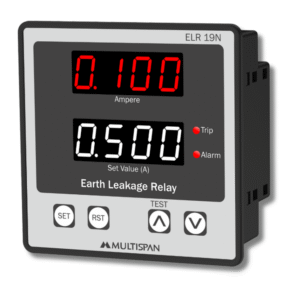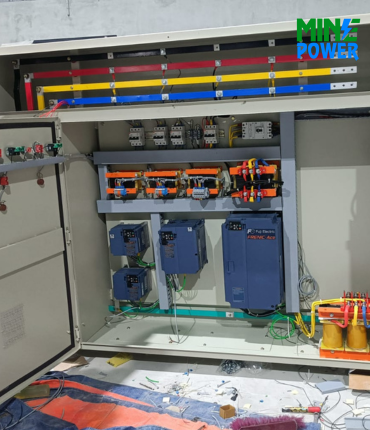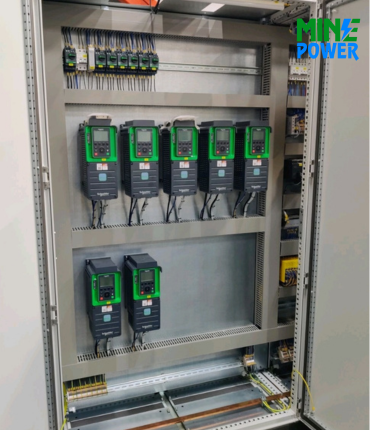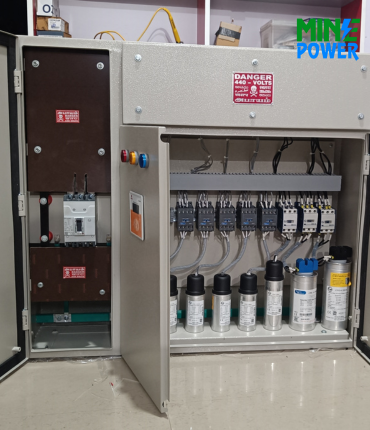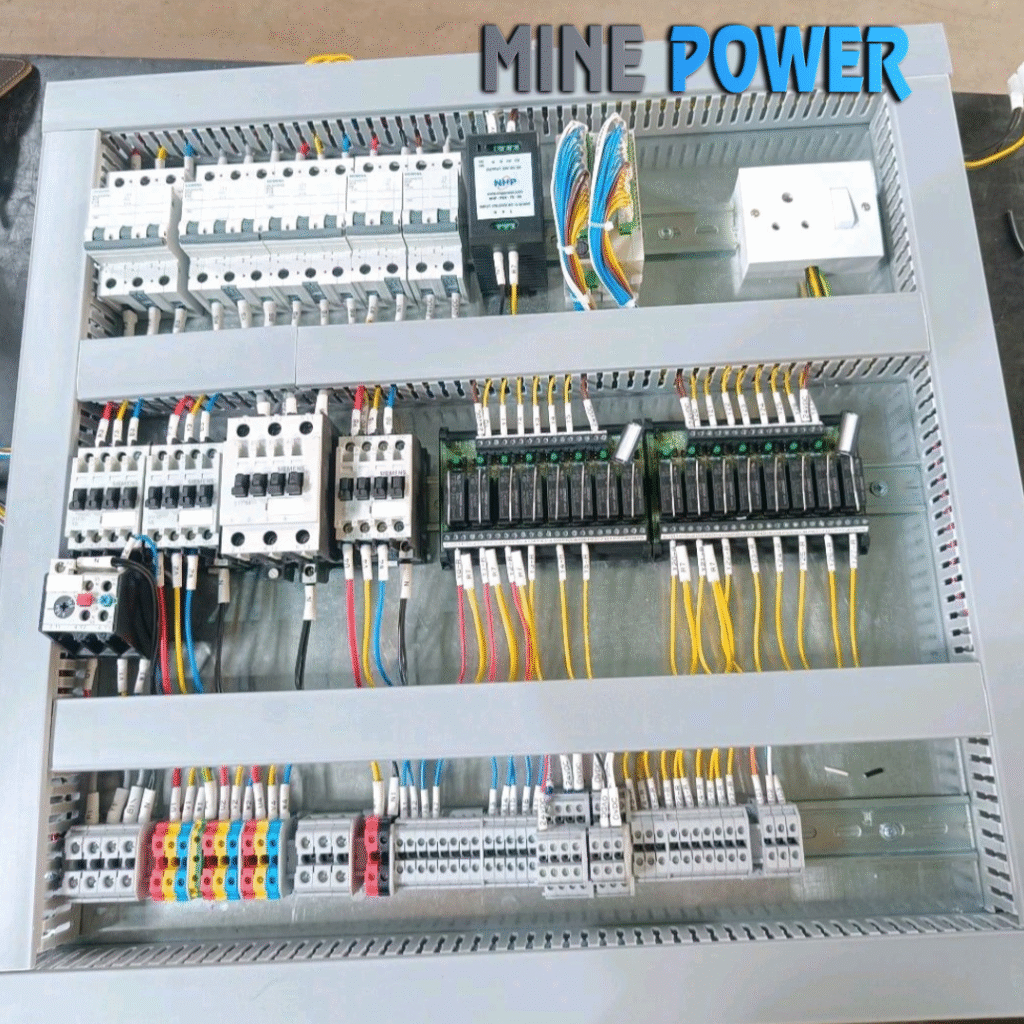RCCB (Residual Current Circuit Breaker) ensures safety by disconnecting power during earth leakage or electric shock. Available in 2-pole & 4-pole designs with sensitivity from 30mA to 300mA.
Description
-
An RCCB detects leakage currents flowing to the earth due to faulty insulation, damaged wires, or direct human contact with live wires.
-
The device quickly trips (cuts off power) when it senses an imbalance between the live (phase) and neutral currents.
-
Unlike MCB (Miniature Circuit Breaker), which protects against overcurrent and short circuits, RCCB specifically protects human life against earth leakage currents.
Features
-
Provides protection against electric shocks.
-
Trips within 30 milliseconds when leakage current exceeds the rated sensitivity.
-
Available in 2-pole (1 phase + neutral) and 4-pole (3 phase + neutral) models.
-
Common sensitivity ratings: 30 mA, 100 mA, 300 mA.
-
Does not protect against overloads or short circuits (requires MCB/MCB+RCCB combination).
Specifications
-
Rated current (In): 16A, 25A, 40A, 63A, 100A, etc.
-
Rated voltage: 230V (single-phase), 415V (three-phase).
-
Sensitivity: 30 mA (human protection), 100–300 mA (fire protection).
-
Frequency: 50/60 Hz.
-
Breaking capacity: Depends on model and manufacturer.
Advantages
✅ Provides strong protection against electric shock.
✅ Prevents electrical fires caused by leakage currents.
✅ Enhances electrical safety in residential, commercial, and industrial installations.
✅ Quick tripping action.
✅ Simple to install and operate.
Disadvantages
Cannot detect overload or short circuit (needs MCB in series).
May trip due to nuisance leakage currents (e.g., old appliances).
Higher cost compared to normal circuit breakers.
Requires regular testing with the “Test” button.
Applications
-
Residential houses, apartments.
-
Hospitals and schools.
-
Industrial and commercial buildings.
-
IT rooms, laboratories, and sensitive electronic installations.
-
Areas where human safety is the top priority.






